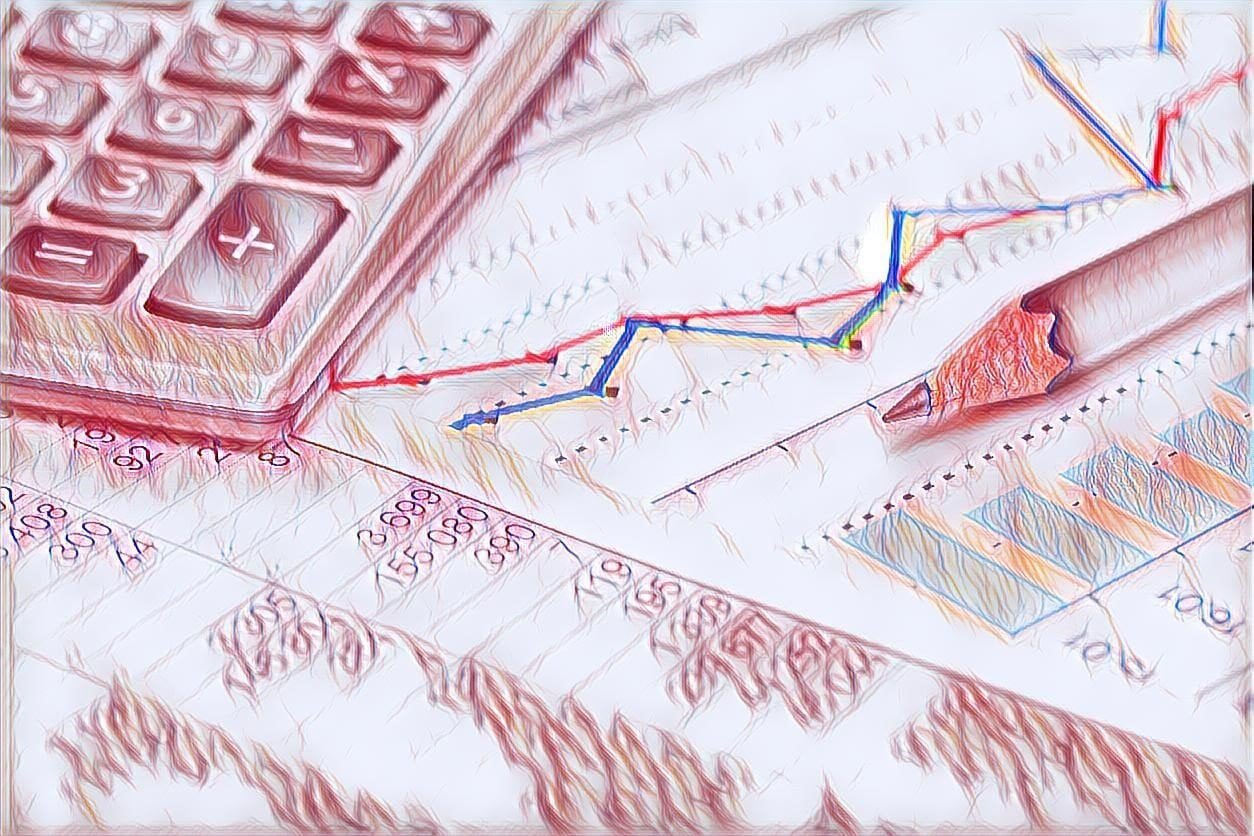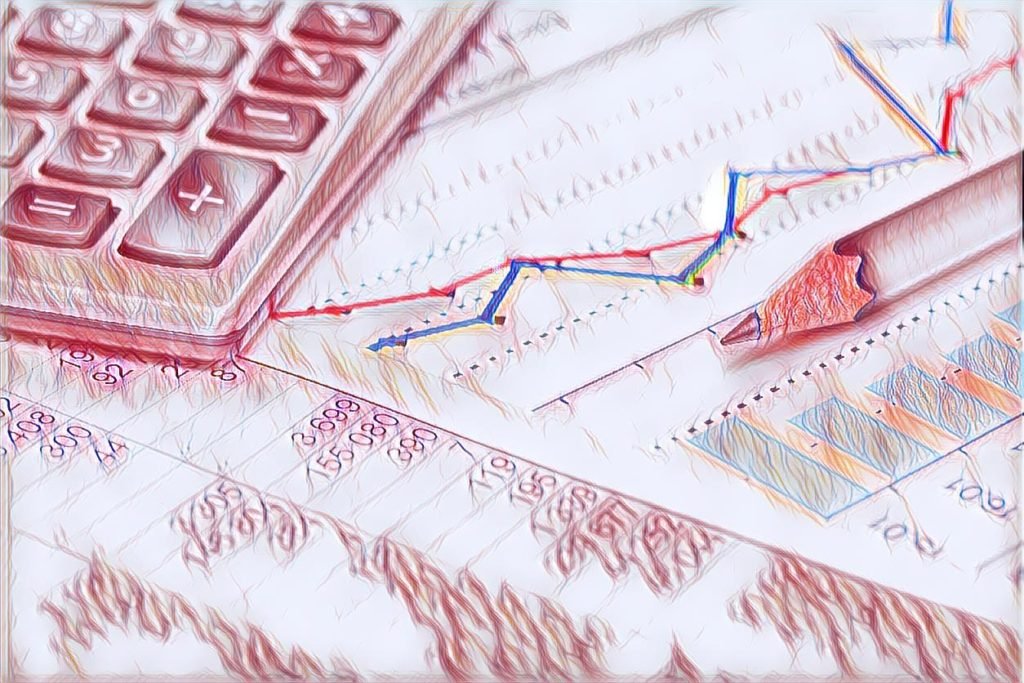Cost Accounting Information System (CAIS) is an accounting information system that determines the costs of products manufactured or services provided and records these costs in the accounting records. Also, The concept of CAIS studying: Functions of Cost Accounting Information System, Technology of Cost Accounting Information System, and Development of Cost Accounting Information System! It is the key to management’s assessment of the company’s efforts to achieve profit. Since it is so important, the CAIS must be careful to design and properly maintains. Also learn, Financial Accounting, What is the Cost Accounting Information System?
Learn, Explain What is the Cost Accounting Information System? Functions, Technology, and Development!
An accounting information system (AIS) is a system of collecting, storing, and processing financial and accounting data that are used by decision-makers. An accounting information system is generally a computer-based method for tracking accounting activity in conjunction with information technology resources. Also, The resulting financial reports can uses internally by management or externally by other interested parties including investors, creditors, and tax authorities.
Accounting information systems are designed to support all accounting functions and activities including auditing, financial accounting & reporting, managerial/ management accounting, and tax. Also, The most widely adopted accounting information systems are auditing and financial reporting modules.
What is the Accounting Information System? Accounting Information System refers to the computer-based method used by the companies to collect, store and process the accounting and the financial data which is used by the internal users of the company to give a report regarding various information to the stakeholders of the company such as creditors, investors, tax authorities, etc.
The cost accounting information system with its operating accounts must correspond to the organizational division of authority; so that the individual foreman, supervisor, department head, or manager can be held accountable for the costs incurred in his department. Also, The concept of authority and responsibility is closely allied with accountability; which recognizes the need for measuring a manager’s discharge of his responsibilities.
Functions of Cost Accounting Information System:
Generally, the purposes or functions of cost accounting information systems fall into four categories. These include providing information for:
- External financial statements,
- Planning and controlling activities or processes,
- Also, Short-term strategic decisions and
- Long-term strategic decisions.
These four functions relate to different audiences, emphasize different types of information, require different reporting intervals, and involve different types of decisions.
The technology of Cost Accounting Information System:
They are below;
Input:
The input devices commonly associated with CAIS include standard personal computers or workstations running applications; scanning devices for standardized data entry; electronic communication devices for electronic data interchange (EDI) and e-commerce. Also, many financial systems come “Web-enabled” to allow devices to connect to the World Wide Web.
Process:
Basic processing achieves through computer systems ranging from individual personal computers to large-scale enterprise servers. However, conceptually, the underlying processing model is still the “double-entry” accounting system initially introduced in the fifteenth century.
Output:
Output devices used include computer displays, impact and non-impact printers, and electronic communication devices for EDI and e-commerce. Also, The output content may encompass almost any type of financial report from budgets and tax reports to multinational financial statements.
Development of Cost Accounting Information System:
The development of a Cost Accounting Information System includes five basic phases: planning, analysis, design, implementation, and support.
The period associated with each of these phases can be as short as a few weeks or as long as several years.
Planning, project management objectives, and techniques:
Also, The first phase of systems development is the planning of the project. This entails the determination of the scope and objectives of the project, the definition of project responsibilities, control requirements, project phases, project budgets, and project deliverables.
Analysis:
The analysis phase is using to both determine and document the cost accounting and business processes used by the organization. Such processes are redesign to take advantage of best practices or the operating characteristics of modern system solutions.
Design:
The design phase takes the conceptual results of the analysis phase and develops detailed, specific designs that can implement in subsequent phases. It involves the detailed design of all inputs, processing, storage, and outputs of the proposed accounting system. Also, Inputs may be define using screen layout tools and application generators.
Processing can show through the use of flowcharts or business process maps that define the system logic, operations, and workflow. Also, Logical data storage designs are identified by modeling the relationships among the organization’s resources, events, and agents through diagrams.
Also, the entity-relationship diagram (ERD) modeling is using to document large-scale database relationships. Output designs are documented through the use of a variety of reporting tools such as report writers, data extraction tools, query tools, and online analytical processing tools. Also, all aspects of the design phase can perform with software toolsets provide by specific software manufacturers.
Implementation:
The implementation phase consists of two primary parts: construction and delivery. Also, Construction includes the selection of hardware, software, and vendors for the implementation; building and testing the network communication systems; building and testing the databases; writing and testing the new program modifications; and installing and testing the total system from a technical standpoint.
Delivery is the process of conducting the final system and user acceptance testing; preparing the conversion plan; installing the production database; Also, training the users, and converting all operations to the new system.
Support:
The support phase has two objectives. The first is to update and maintain the CAIS. Also, This includes fixing problems and updating the system for business and environmental changes. For example, changes in generally accepted accounting principles (GAAP) or tax laws might necessitate changes to conversion or reference tables used for financial reporting.
Also, The second objective of the support is to continue development by continuously improving the business through adjustments to the CAIS caused by business and environmental changes. These changes might result in future problems, new opportunities, or management or governmental directives requiring additional system modifications.
















